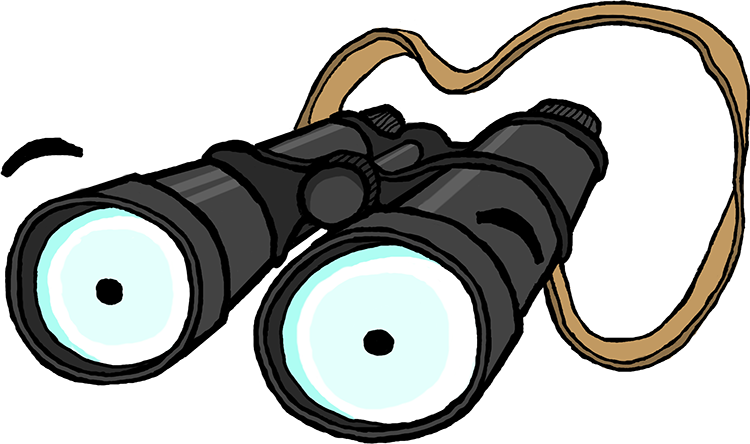The British Empire
When Britain declared war on Germany it did so on behalf of the British Empire. There were four self-governing Dominions (Australia, Canada, New Zealand and South Africa) and close to 80 British colonies that fought in the First World War. Many soldiers were from undivided India (comprising India, Pakistan, and Bangladesh), and the Indian Army also recruited from the independent kingdom of Nepal. Forces were raised in Sri Lanka and various parts of Africa. There was also sizeable army from the Caribbean recruited into the British West Indies Regiment, which fought on the Western Front and in the Middle East.
GALLIPOLI
With troops mired in a seemingly endless stalemate on the Western Front, the British Cabinet decided to attack Germany’s ally, the Ottoman Empire (today’s Turkey) through the Dardanelles. Britain hoped to take control of the important port of Constantinople (today’s Istanbul), and reduce pressure on their Russian allies. The Gallipoli peninsula was chosen for a three-pronged attack in April 1915, combing British, French, Indian and ANZAC forces.
The attack was initially successful, but Allied forces were stopped by an Ottoman defence that was masterminded by a German officer called Otto Liman Von Sanders, and thus struggled to push beyond the beachhead. The ANZAC forces forged a reputation for themselves in fierce fighting north of the main beach-heads, but still progress was slow. Another landing took place in August, but even with reinforcements the Ottoman and German defence was too strong. In the autumn it was decided that Gallipoli was too costly, and an evacuation was carefully planned. Troops left in stages and in secret, for instance with games o cricket. The last of the force left the peninsula early in the morning on 9th January 1916.
THE WEST INDIES
The West Indies donated sugar, rum, oil, lime, cotton, rice, clothing, logwood, and nine aeroplanes to the British. A total number of 11 ambulances and adequate funds for their maintenance were donated, and approximately two million pounds sterling was given to the British Government and charities.
Approximately 16,000 soldiers from the British West Indies Regiment saw action in France, Palestine, Egypt and Italy and over 1,000 other West Indians joined different regiments in the British Army. The British West Indies Regiment were all volunteers.
Men in the BWIR won 81 medals for bravery, and 49 were mentioned in dispatches. Around 1,500 soldiers from the British West Indies Regiment died during the war.
BATTLE FOR LAKE TANGANYIKA
The Allies aimed to take control of Lake Tanganyika as part of the East Africa Campaign in late 1915. The lake is the longest freshwater lake in the world and sits between Tanzania, (then German East Africa), and the Democratic Republic of Congo, (then the Belgian Congo). The German ship SMS Graf von Goetzen was able to move German troops along the lake which made it difficult for the Allies to invade. The Germans also had two gun boats, the Hedwig von Wissman and the Kingani, manning the lake. The Allies needed some armed motor launches (small vessels) to capture the lake. British vessels, HMS Mimi and HMS Toutou, had a long and strange journey from Britain to Lake Tanganyika, including rolling on logs whilst being pulled by oxen and steam tractors!
The Kingani was captured on 26th December 1915, the gunboat was repaired and renamed HMS Fifi. In January 1915, HMS Mimi and the newly captured HMS Fifi sunk Hedwig. These successes helped Brits and Belgian forces advance on land, into German East Africa. In July 1916 the Germans scuttled the Goetzen rather than let the ship fall into enemy hands. Once the British had control over Lake Tanganyika, the Belgians were able to pilot two places loaned by Britain to bomb the Germans.



